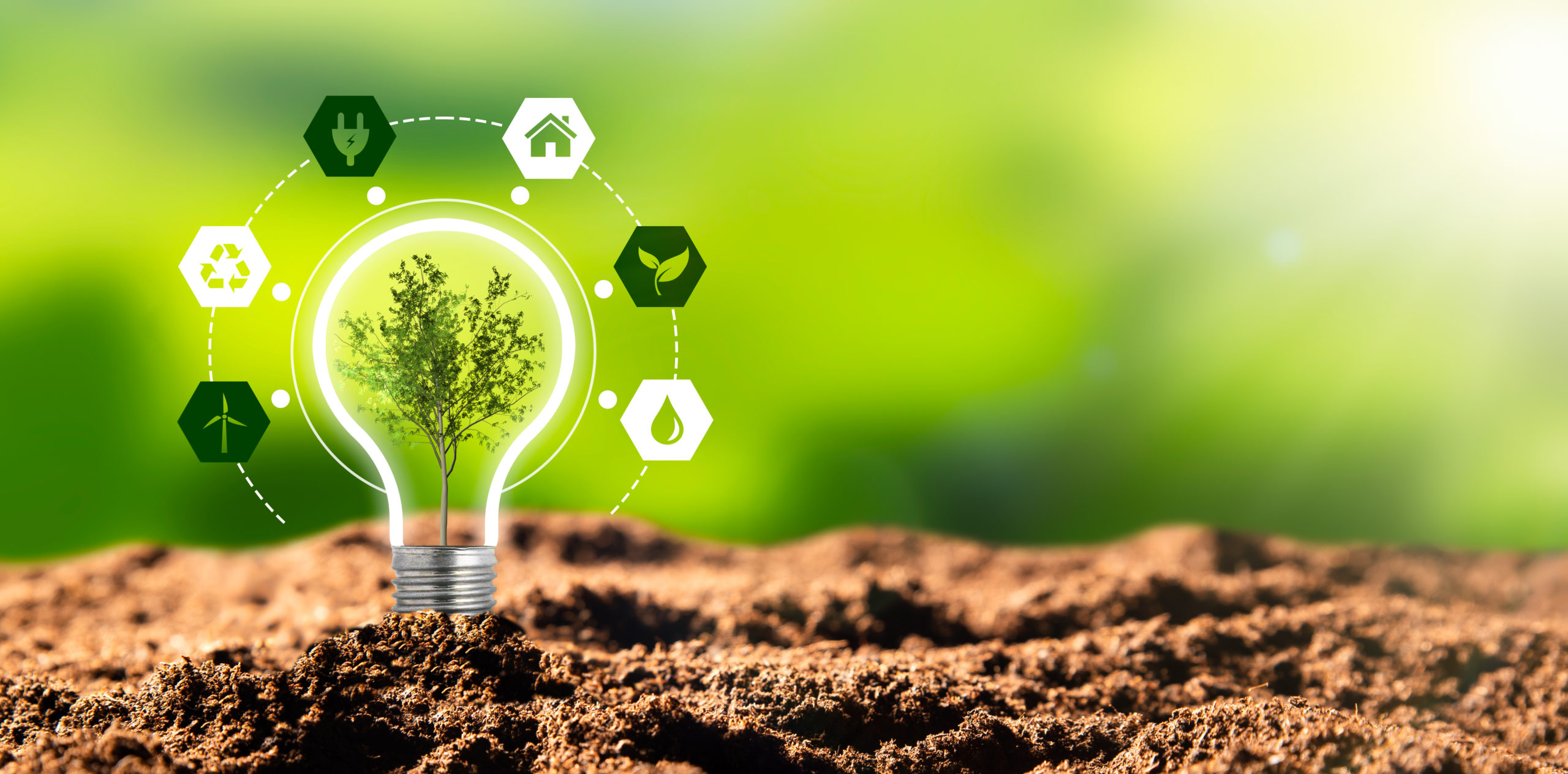
Innovation for Our Earth
Innovative Ideas to Reclaim Our Natural Environment
You alone can not save the world. Neither will our governments. How about industry? Will they have the Earth’s best interests in mind when they create their next product for market?
We ask, who are the real trail blazers along this confusing and winding path of necessary environmental change?
It is not until the powerful, the inventive, and the noisiest change makers collaborate across industries, governments, universities and environmental NGOs with new green technology research, design, and significant strategies that will we see the greatest environmental challenges solved.
New Green Technology for Recycling
Where does all the trash go and how can we dramatically reduce what’s headed to the landfills? Recycling is a not a new effort, but it is losing efficacy and studies show even the most mindful consumers recycle incorrectly. Luckily efforts are underway to bring new technology to an inconsistent, overwhelmed, and complex recycling industry.
MacRebur has a mission to repurpose plastic waste, right underneath our feet and wheels, with innovative plastic roads. This company transforms recyclables through a process of shredding, melting, and then mixing into a new type of asphalt, creating a material for new road construction. This technology which originated in India is paving streets across the globe, keeping plastics out of landfills while also providing a solution for municipalities with an increasingly mobile population. The products enhance asphalt performance in durability and longevity compared to existing road building techniques, and 1 ton of MacRebur mix contains the equivalent of 80,000 plastic bottles, confirming our world can be driving on circular roads ahead.
UBQ Materials, a clean tech company, is solving for unsustainable waste disposal aiming to create a circular economy. UBQ can take residual waste that are currently headed to landfills and polluting incineration methods and instead create durable end-products for consumer and industrial use. It can substitute plastics, minerals, and wood in thousands of different applications, from McDonald’s food trays to construction material.
By 2030 there will be over 15 million tons of lithium-ion batteries ready for recycling. Nth Cycle, a startup using “electro-extraction” to harvest cobalt, nickel, and manganese for use in the lithium-ion battery sector, aims to transform recycling of the batteries of popular portable electronics and electronic vehicles.

Cutting the Meat Industry’s Hold on the Protein Market

Let’s open up a can of worms: the meat industry. It is a growing concern that stockyards are large contributors to greenhouse gases and the loss of natural habitat for wild animals in the ecosystem. Growing extensive feed sources for animal consumption, massive manure waste, and escalating methane emissions will continue to negatively impact our environment unless the demand for meat products slows.
The European Food Safety Authority (ESFA) recently approved yellow mealworms (Tenebrio Molitor) as safe for human consumption. Allowing edible insects as a readily available consumer product can bring new food choices to hundreds of millions of hungry people. “Bug Protein” in the US market is also marching along, mostly as a novelty or as animal feed and crop fertilizer. We applaud Beta Hatch, a Seattle-based company focused on industrializing insect agriculture. Hopefully other startups will swarm to this new emerging industry too.
Planting New Ideas for Plastics & Packaging
Reducing and recycling will benefit the healthful innovation of our planet. Now let’s look at reusing our many resources. It is estimated that 2.25 billion cups of coffee are consumed per day. The coffee pulp, which comprises >50% by weight of the coffee harvest, is commonly treated as a waste product and heaped into storage lots where it is left to decompose. Researchers sought to determine the pulp’s effectiveness in regenerating deforested land and found that it improved ground cover and promoted the growth of herbaceous plants.
Coffee pulp isn’t the only agricultural by-product used for restoration- orange peels, wood, and corn are other plant materials that have proven value in reusability. When you process wood at a lumber mill, you get a wood powder which is often considered waste. A research team, led by YSE professor Yuan Yao and Liangbing Hu from the University of Maryland, used the discarded powder to create a high-quality bioplastic. They did it by mixing the wood powder with a biodegradable and recyclable deep eutectic solvent (DES) to create a slurry mixture that can be cast and rolled without breaking. Having the ability to be molded means manufacturing capabilities and the potential to produce a new type of plastic bag and innovative packaging.
Another innovation in packaging is the use of a plant-based material using inedible by-products of cornflake production. It is the hope that this could replace ubiquitous styrofoam (foam polystyrene) which is harmful to the environment because it is petroleum-based. Alireza Kharazipour, a researcher at the University of Göttingen, has developed “granulated” popcorn that can be molded and turned into various packaging shapes. The packaging is equally as strong, can be coated with bioplastic to make it water-repellent, and can easily be cut, reused, shredded down, or composted. The university is already working with Nordgetreide, a grain and cereal company, to commercialize the popcorn-packaging making process.

Companies and countries around the world are making an impact to improve the environment we share. By expanding on the common ideal of “Recycle, Reduce, Reuse” innovators everywhere are up to the challenge of inventing solutions that will make a difference in our world. Ezassi can help your organization to identify the subject matter experts who are the new players in emerging industries like circular economy manufacturers, meat alternatives, and bioplastics. If you are a part of a green team, bring Ezassi’s Technology Scouting and Ideation Software to the table, and become a clear advocate of environmental leadership and sustainability.



